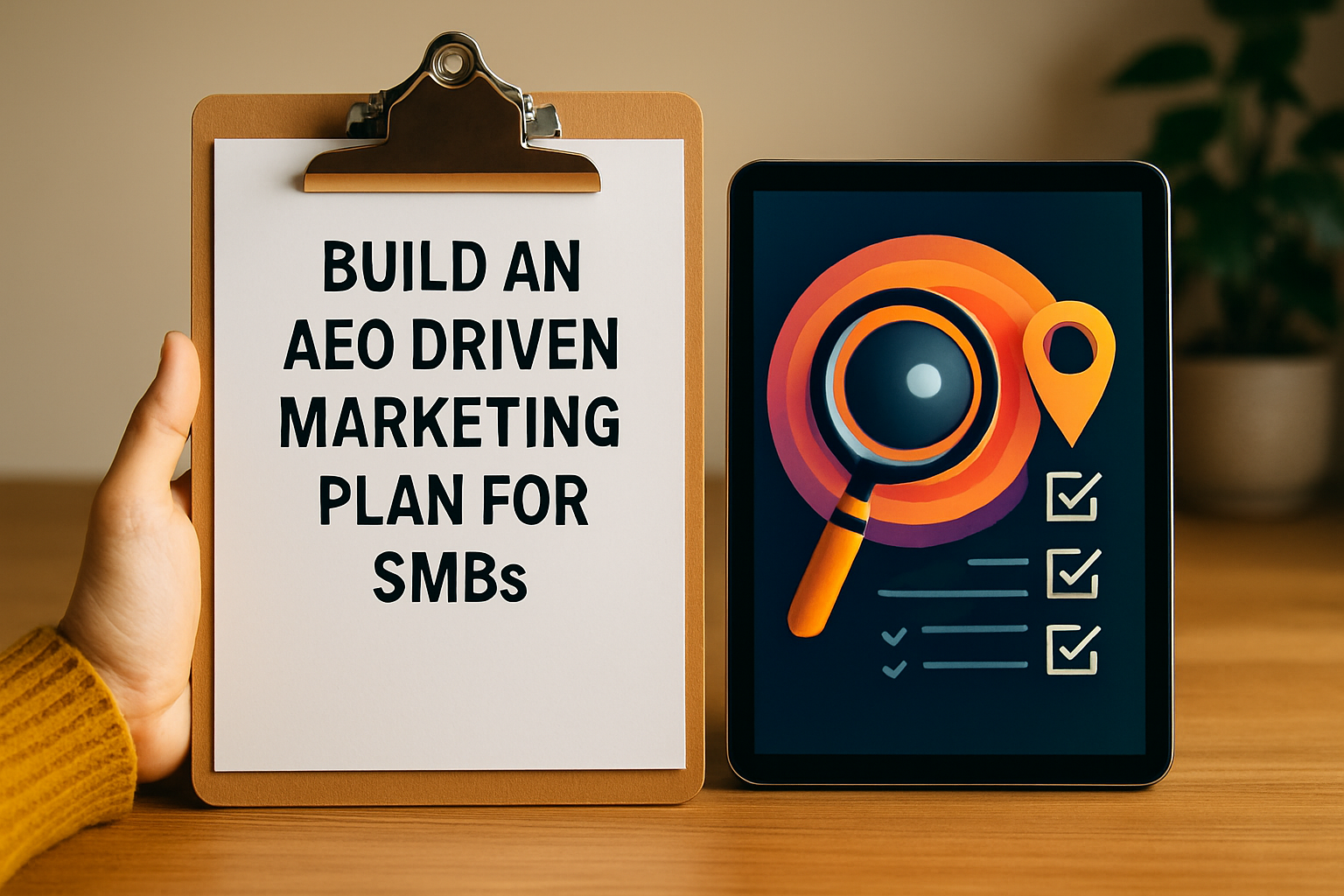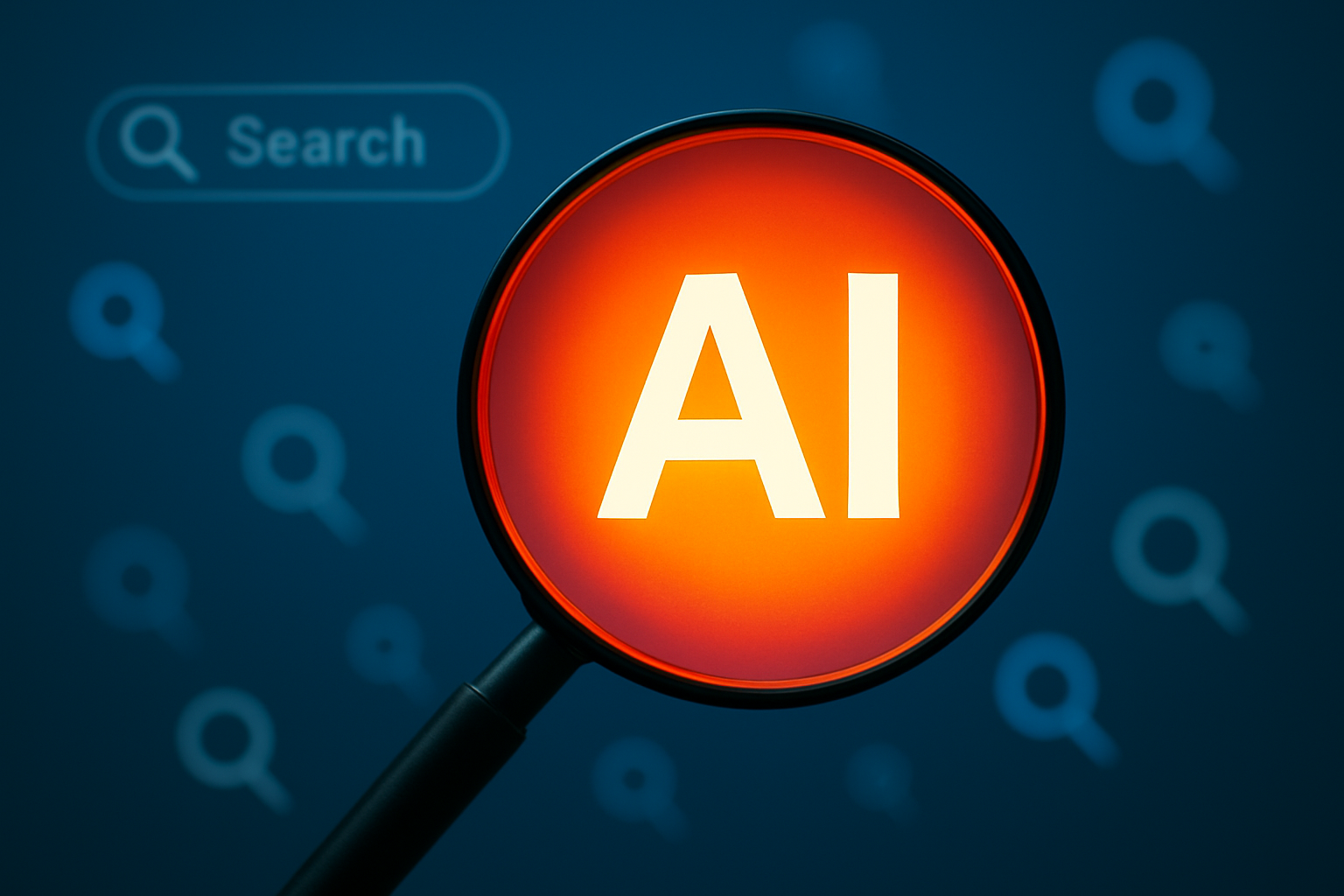What are Automated Reminders? Understanding Their Benefits

Everyone has missed an important appointment or forgotten a deadline at some point. Now imagine this: businesses using automated reminders can cut no-show rates by up to 30 percent, according to CDC research. Most people assume these reminders are just pop-up alerts, but the reality is they are powered by smart algorithms that track, personalize, and adapt to each user’s needs. The real surprise is how deeply these digital nudges are shaping the way organizations work and communicate, far beyond what most expect.
Table of Contents
- Defining Automated Reminders: A Simple Explanation
- The Importance of Automated Reminders for Businesses
- How Automated Reminders Work: The Mechanisms Behind Them
- Key Concepts and Features of Automated Reminders
- Real-World Applications of Automated Reminders in Various Industries
Quick Summary
| Takeaway | Explanation |
|---|---|
| Automated reminders enhance communication efficiency | These systems streamline notifications, reducing human error in managing tasks and schedules. |
| Customization increases user engagement | Users can tailor reminders based on preferences, making notifications more relevant and effective. |
| Valuable across multiple industries | Automated reminders aid businesses, healthcare, and education by improving operational efficiency. |
| Proactive alerts reduce missed appointments | Timely notifications help keep individuals accountable, minimizing scheduling conflicts and missed events. |
| Data-driven insights improve strategies | Tracking response rates enables organizations to refine their communication tactics for better outcomes. |
Defining Automated Reminders: A Simple Explanation
Automated reminders are digital notifications designed to prompt actions, manage schedules, and enhance communication without requiring manual intervention. These smart systems send timely alerts across various communication channels like email, text messages, and mobile applications, helping individuals and businesses stay organized and responsive.
The Core Mechanism of Automated Reminders
At their fundamental level, automated reminders operate through predefined triggers and rules. When a specific condition is met such as an approaching deadline, scheduled appointment, or pending task, the system automatically generates and sends a notification. Research from the National Institutes of Health highlights that these systems significantly improve task completion rates and reduce human error by providing consistent, timely communication.
The technological backbone of automated reminders involves several key components:
- Scheduling algorithms that track time-sensitive events
- Database integration for real-time information retrieval
- Multi-channel communication protocols
- User-defined customization settings
Types and Applications of Automated Reminders
Automated reminders span multiple domains, serving diverse purposes across personal and professional contexts. In healthcare, they remind patients about medication schedules and upcoming appointments. For businesses, they track invoice due dates, follow up on client communications, and manage project deadlines. Educational institutions use them to notify students about assignment submissions and registration periods.
Key benefits include reduced administrative overhead, improved accountability, and enhanced communication efficiency. By removing manual tracking responsibilities, automated reminders allow individuals and organizations to focus on core activities while maintaining structured, proactive engagement.
Below is a table summarizing the main components and features of automated reminder systems discussed in the article, highlighting their purpose and how they contribute to effective reminders.
| Component or Feature | Purpose | Contribution to Effectiveness |
|---|---|---|
| Scheduling Algorithms | Track and trigger reminders based on specific timing | Ensure timely notifications |
| Database Integration | Access real-time information for reminders | Maintain accuracy and relevance |
| Multi-Channel Communication | Enable reminders via SMS, email, push, and more | Maximize recipient engagement |
| User Preferences | Allow users to customize notification settings | Increase personalization and impact |
| Dynamic Content Adaptation | Adjust reminder content to fit user context | Enhance relevance and response rates |
| Real-Time Tracking | Monitor reminder delivery and response metrics | Inform ongoing strategy improvements |
The Importance of Automated Reminders for Businesses
Automated reminders have transformed how businesses communicate and manage critical interactions, offering unprecedented efficiency in tracking tasks, appointments, and client engagements. By leveraging technology to send timely notifications, organizations can significantly reduce human error, improve operational workflows, and enhance overall customer experience.
Reducing Business Inefficiencies
Businesses lose substantial resources through missed appointments, forgotten deadlines, and communication breakdowns. Research published in the medical informatics domain demonstrates that automated reminder systems can dramatically decrease these operational inefficiencies. These smart systems automatically track and notify relevant parties about upcoming events, ensuring critical touchpoints are not overlooked.
Key business processes that benefit from automated reminders include:
- Invoice and payment deadline tracking
- Client appointment scheduling
- Project milestone notifications
- Regulatory compliance reminders
- Equipment maintenance schedules
Enhancing Customer Communication and Retention
Automated reminders serve as a proactive communication strategy that demonstrates organizational attentiveness. When customers receive timely, personalized notifications, they perceive the business as professional and client-focused. These digital touchpoints help maintain engagement, reduce no-show rates, and create a sense of reliability.
The strategic implementation of automated reminders allows businesses to streamline communication channels, minimize administrative overhead, and create more predictable operational environments. By reducing manual tracking and communication responsibilities, organizations can allocate human resources more effectively and focus on core business objectives.
How Automated Reminders Work: The Mechanisms Behind Them
Automated reminders represent a sophisticated technological ecosystem that combines data management, scheduling algorithms, and communication protocols to deliver timely notifications. These systems operate through complex yet seamless interactions between software components, transforming how organizations and individuals manage time-sensitive information.
Trigger and Response Architecture
The foundational mechanism of automated reminders relies on a trigger and response architecture. Each reminder system contains predefined conditions or events that activate a notification sequence. Research from the Information Systems Management Journal demonstrates how these systems use conditional logic to monitor and respond to specific parameters.
Key architectural components include:
- Event detection algorithms
- Database query systems
- Notification dispatch mechanisms
- User preference configurations
Communication Channel Dynamics
Modern automated reminder systems are not confined to a single communication method. They leverage multiple channels to ensure message delivery and maximize recipient engagement. These channels can include:
- SMS text messages
- Email notifications
- Push notifications on mobile applications
- Voice calls
- In-app alerts
Data Integration and Personalization
Advanced automated reminder systems go beyond basic scheduling by incorporating data integration and personalization techniques. By connecting with calendars, customer relationship management platforms, and other digital ecosystems, these systems create intelligent, context-aware notifications that adapt to individual user behaviors and preferences. This approach transforms generic alerts into meaningful, targeted communications that significantly improve user response rates and overall engagement.
Key Concepts and Features of Automated Reminders
Automated reminders represent a sophisticated technological solution that extends far beyond simple notification systems. These intelligent platforms combine advanced software capabilities with strategic communication approaches to deliver precise, timely, and personalized alerts across multiple contexts and industries.
Core Functional Components
Research from digital health informatics reveals that automated reminder systems incorporate multiple sophisticated features designed to enhance communication effectiveness. These systems are not monolithic but rather flexible platforms that can be customized to meet specific organizational and individual needs.
Key functional components include:

- Intelligent scheduling algorithms
- Multi-channel communication protocols
- User preference configuration options
- Dynamic content adaptation
- Real-time tracking and reporting
Customization and Personalization Strategies
Unlike traditional reminder methods, modern automated systems offer granular customization capabilities. Users can define precise parameters such as notification frequency, communication channels, message content, and response mechanisms. This level of personalization ensures that reminders are not just timely but also contextually relevant and engaging.
Customization options typically encompass:
- Notification timing and frequency
- Communication channel selection
- Message tone and formality
- Escalation protocols for unacknowledged reminders
- Language and localization settings
Advanced Tracking and Performance Metrics
Beyond simple notification delivery, contemporary automated reminder systems integrate sophisticated tracking and analytics capabilities. These features enable organizations to monitor reminder effectiveness, track response rates, and continuously refine communication strategies. By providing insights into user engagement and behavior, these systems transform reminder management from a reactive task to a data-driven, strategic process that can be systematically improved over time.
Real-World Applications of Automated Reminders in Various Industries
Automated reminders have emerged as a transformative technology that transcends traditional communication boundaries, offering sophisticated solutions across diverse professional sectors. These intelligent systems provide targeted, timely notifications that enhance operational efficiency, improve customer engagement, and streamline complex organizational processes.
Healthcare Industry Applications
Research from the Centers for Disease Control demonstrates the critical role automated reminders play in healthcare settings. Medical practices utilize these systems to manage patient appointments, medication schedules, and preventive care interventions. By sending personalized notifications, healthcare providers can significantly reduce missed appointments, improve treatment adherence, and facilitate more effective patient communication.

Key healthcare applications include:
- Vaccination reminder tracking
- Medication dosage and refill notifications
- Follow-up appointment scheduling
- Chronic disease management protocols
- Patient education and wellness program communications
Educational and Professional Development Contexts
Educational institutions and professional training organizations leverage automated reminders to support learning continuity and administrative efficiency. These systems help students and professionals stay organized by providing timely alerts about academic deadlines, course registrations, certification requirements, and ongoing professional development opportunities.
Reminder applications in educational settings span:
- Assignment and project deadline notifications
- Examination and assessment schedules
- Workshop and seminar registration reminders
- Continuing education credit tracking
- Learning management system updates
Business and Service Sector Integration
Commercial enterprises across multiple domains have integrated automated reminder systems to enhance customer relationships and operational workflows. From small businesses to large corporations, these technologies enable proactive communication strategies that reduce administrative overhead and improve overall customer satisfaction. By delivering personalized, context-aware notifications, organizations can create more responsive and engaging interaction models that foster long-term client loyalty and operational excellence.
Here is a table highlighting key real-world applications of automated reminders in different industries, showing their unique use cases and primary benefits in each sector.
| Industry | Example Applications | Primary Benefits |
|---|---|---|
| Healthcare | Appointment, medication, and vaccine reminders | Reduce no-shows, improve adherence, efficiency |
| Education | Assignment and exam notifications | Boost student organization, learning continuity |
| Business/Service | Invoice, project, and compliance reminders | Cut admin workload, enhance customer retention |
Transform Missed Opportunities into Growth with Authority Echo
If missed appointments, forgotten follow-ups, or overwhelming manual reminders are holding your business back, you are not alone. The gap between staying organized and truly growing your business often comes down to one thing: how effectively you automate and personalize your reminders. As explained in the article, automated reminders deliver more than just timely alerts. They drive accountability, improve customer retention, and keep your business running smoothly. Authority Echo takes these benefits further by integrating real-time scheduling, personalized lead nurturing, and automated payment alerts into one seamless platform. Imagine every crucial interaction—bookings, payments, even review requests—happening with zero manual effort from you.

Why let costly inefficiencies limit your business? Discover how Authority Echo gives you a single, AI-powered system to manage reminders, payments, and reputation, all in one place. Visit our main page now to see how you can automate your reminders and accelerate growth today.
Frequently Asked Questions
What are automated reminders?
Automated reminders are digital notifications designed to prompt actions and manage schedules without requiring manual effort. To implement automated reminders, set up a system that triggers notifications based on predefined events, such as deadlines or appointments.
How do automated reminders benefit businesses?
Automated reminders help businesses reduce missed appointments and deadlines, improving operational efficiency by about 20%. To take advantage of these benefits, integrate an automated reminder system that tracks key events and sends timely notifications to relevant parties.
What types of reminders can I automate?
You can automate reminders for various tasks including invoice due dates, meeting schedules, and project milestones. Start by identifying key events in your workflow that require reminders and configure your system to generate alerts accordingly.
How can I customize my automated reminders?
Customization options include adjusting notification frequency, choosing communication channels, and setting message content. Explore the settings of your automated reminder system to tailor notifications to your specific preferences and needs.
Can automated reminders improve customer retention?
Yes, automated reminders enhance customer retention by providing timely and personalized communication, making your business appear more professional. To boost retention rates, consistently send reminders that keep customers informed and engaged with your services or products.
What are the key components of an effective automated reminder system?
An effective automated reminder system includes scheduling algorithms, multi-channel communication, and user preference configurations. Begin by evaluating the essential features that align with your organizational goals and set up your reminders accordingly.




